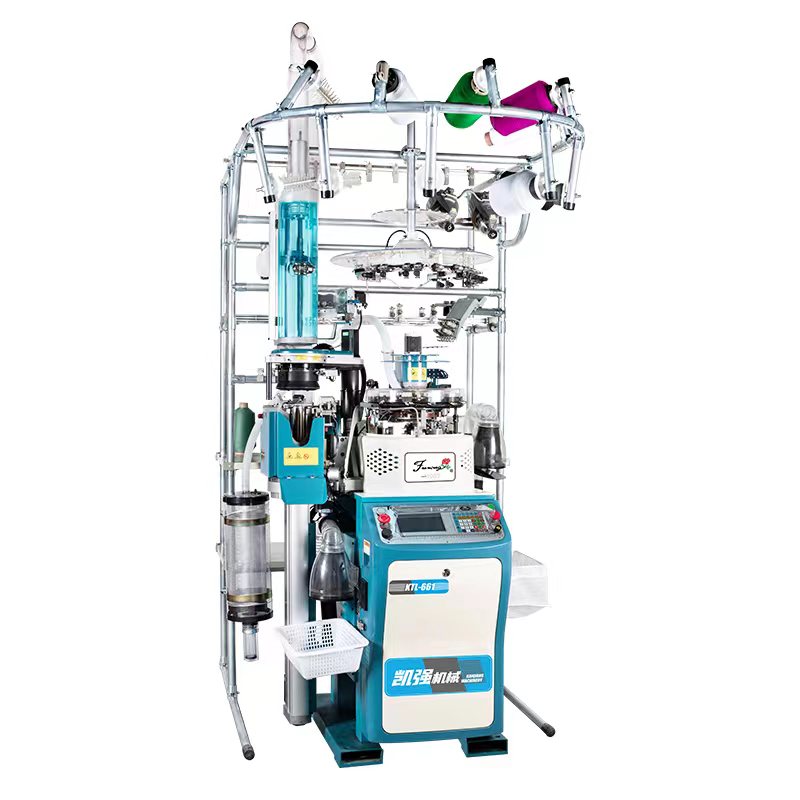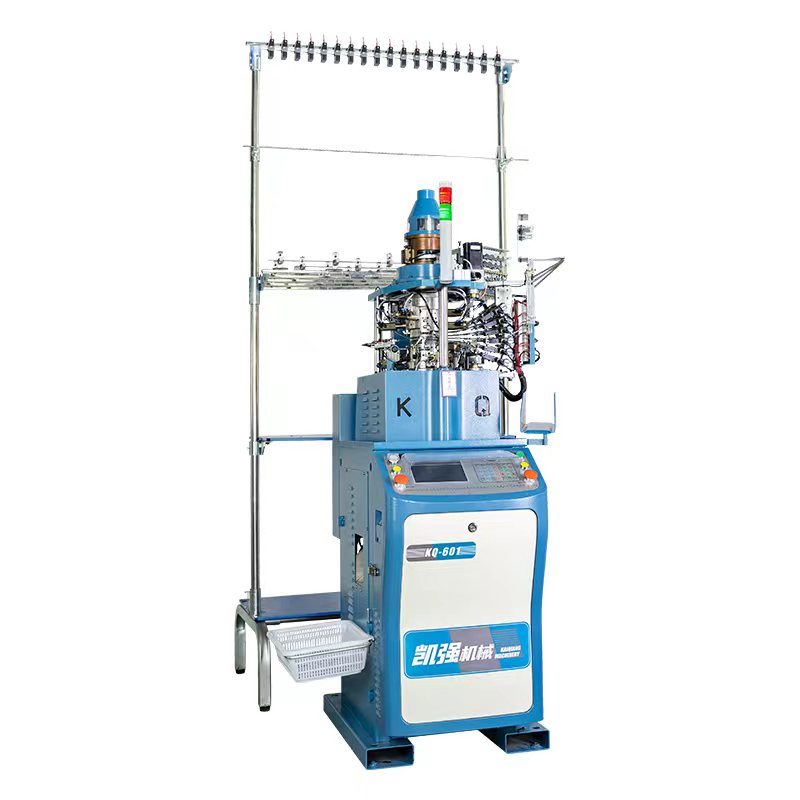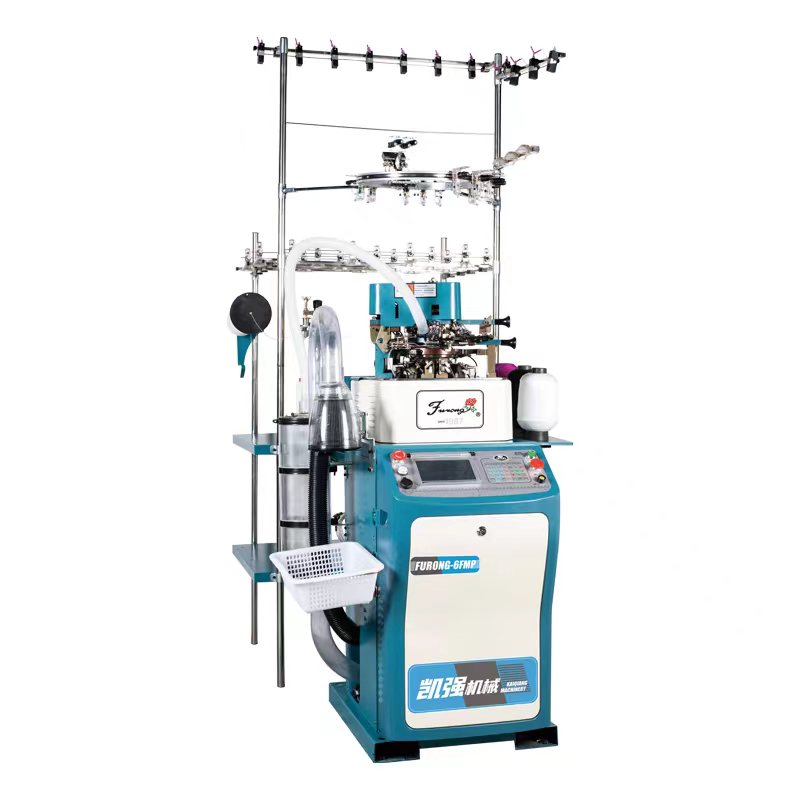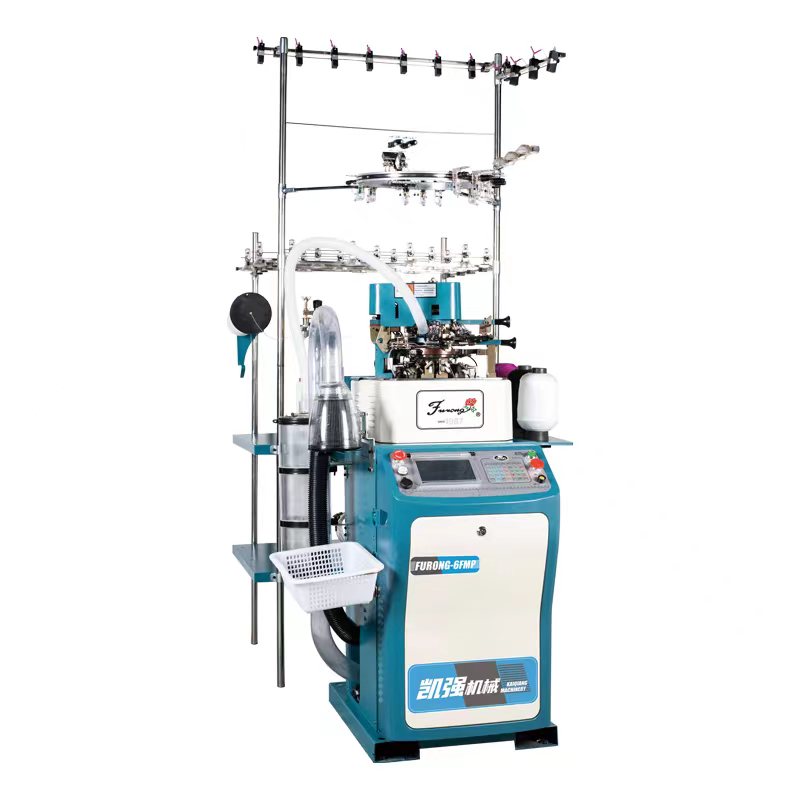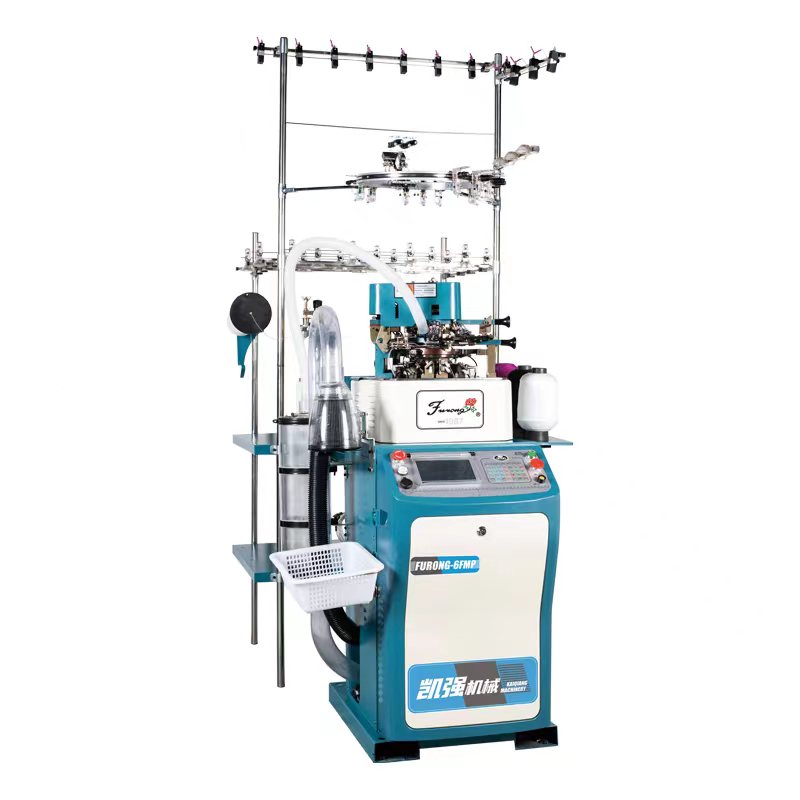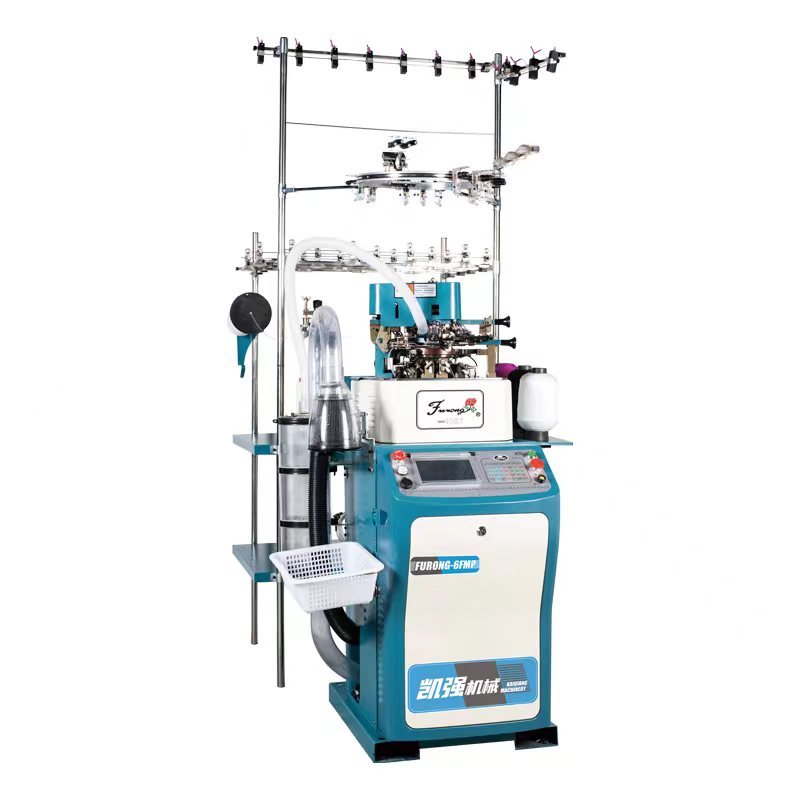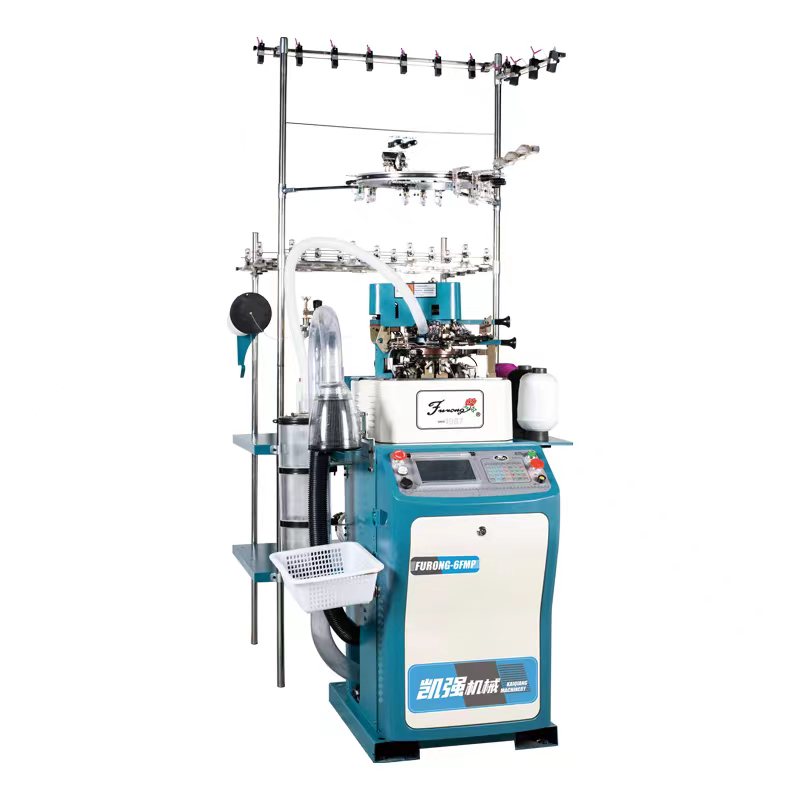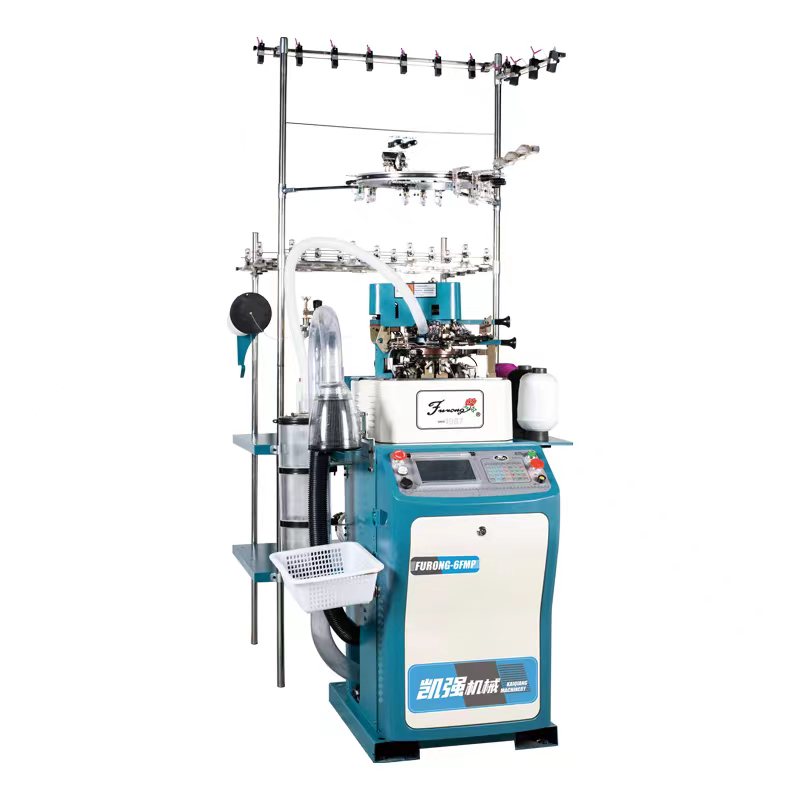The energy efficiency and power consumption of automatic knitting machines can vary based on several factors, including the machine's design, technology, settings, and usage patterns. Here are some considerations related to energy efficiency and power consumption:
Machine Type: The type of automatic knitting machine plays a significant role in energy efficiency. Older, mechanically driven machines may consume more power compared to newer, electronically controlled models.
Machine Size: Larger knitting machines, designed for industrial or high-volume production, typically require more power than smaller, compact models used for smaller-scale production.
Electronic Controls: Machines equipped with advanced electronic controls are often more energy-efficient. They can optimize motor and component operation for efficient performance.
Variable Speeds: Many modern knitting machines offer variable speed control, allowing operators to adjust the knitting speed as needed. Lower speeds can reduce energy consumption when maximum speed is unnecessary.
Idle Modes: Some knitting machines have energy-saving features such as automatic shut-off or idle modes, which reduce power consumption when the machine is not actively knitting.
Efficient Motors: The type and efficiency of the motors used in the knitting machine can impact energy consumption. Energy-efficient motors can help reduce power usage.
LED Lighting: Machines equipped with LED lighting consume less power compared to older machines with incandescent lighting.
Maintenance: Regular maintenance and cleaning of the machine's components, especially the needles and feeders, can help maintain optimal performance and energy efficiency.
Yarn Tension Control: Precise control of yarn tension can help reduce yarn breakage and improve the machine's overall efficiency.
Programming Optimization: Well-optimized knitting patterns can minimize unnecessary movements and yarn handling, contributing to energy efficiency.
Usage Patterns: The actual usage patterns of the knitting machine can impact energy consumption. Continuous, high-speed operation may use more power compared to intermittent or lower-speed usage.
Environmental Conditions: Temperature and humidity in the knitting environment can affect the machine's performance and energy consumption. Extreme conditions may require additional energy for heating or cooling.
It's important to note that energy-efficient practices, such as turning off the machine when not in use, maintaining proper machine settings, and selecting the appropriate machine size for the production volume, can significantly contribute to energy savings.
Exact power consumption figures can vary widely between different models and brands of knitting machines. For detailed information on the energy efficiency and power consumption of a specific knitting machine, it's advisable to consult the manufacturer's specifications and, if necessary, seek advice from energy efficiency experts or technicians.

 英语
英语 中文简体
中文简体